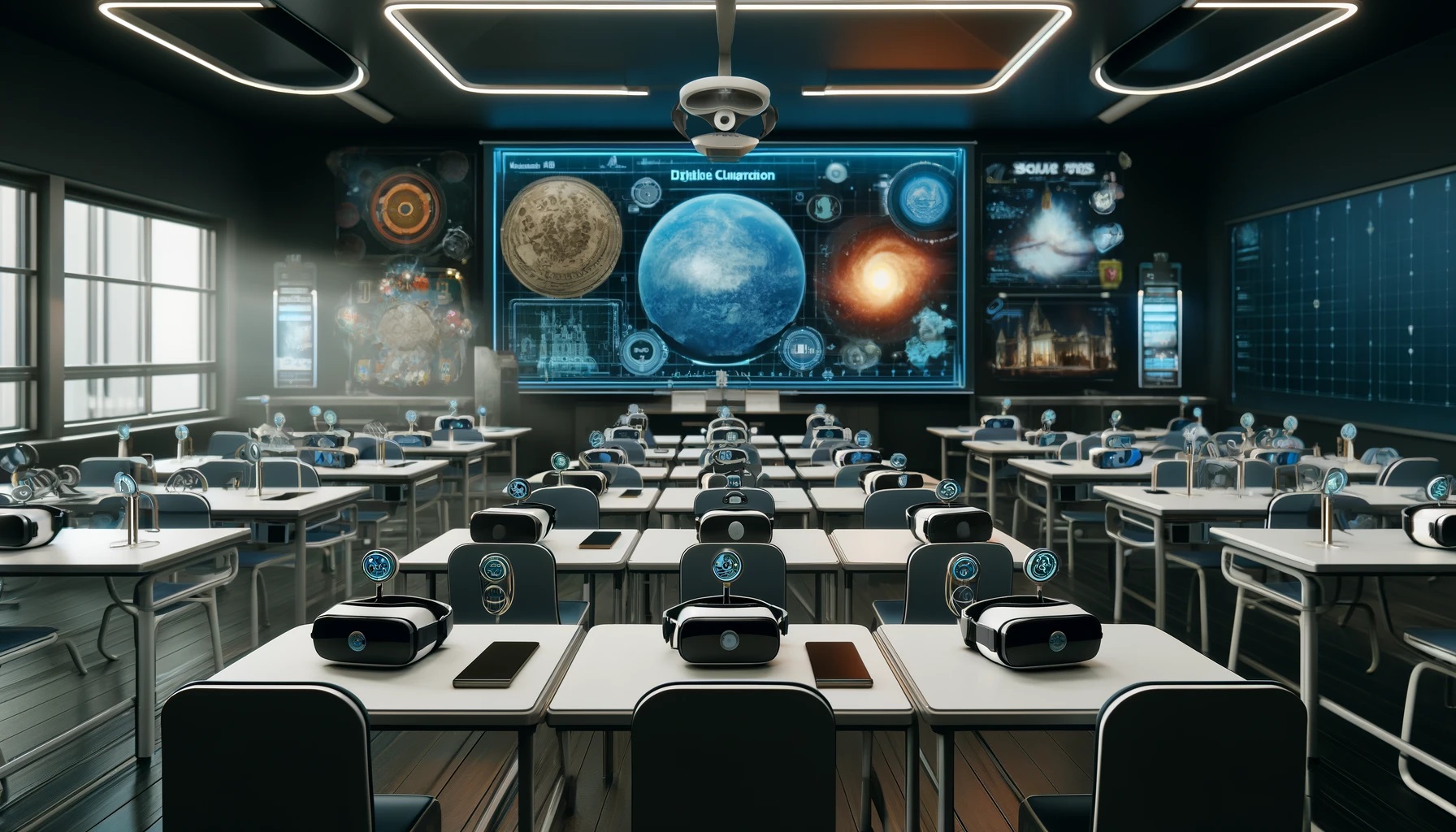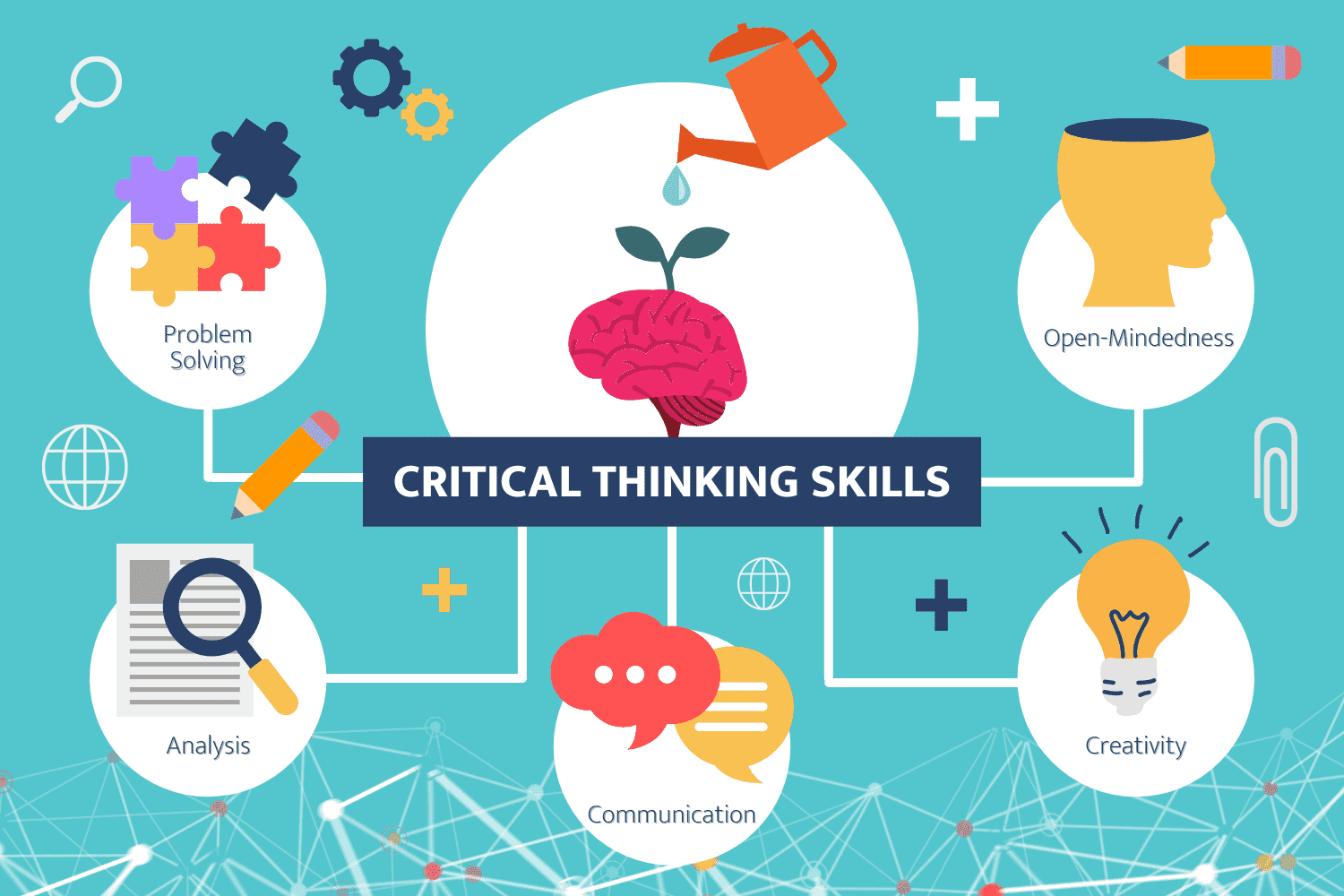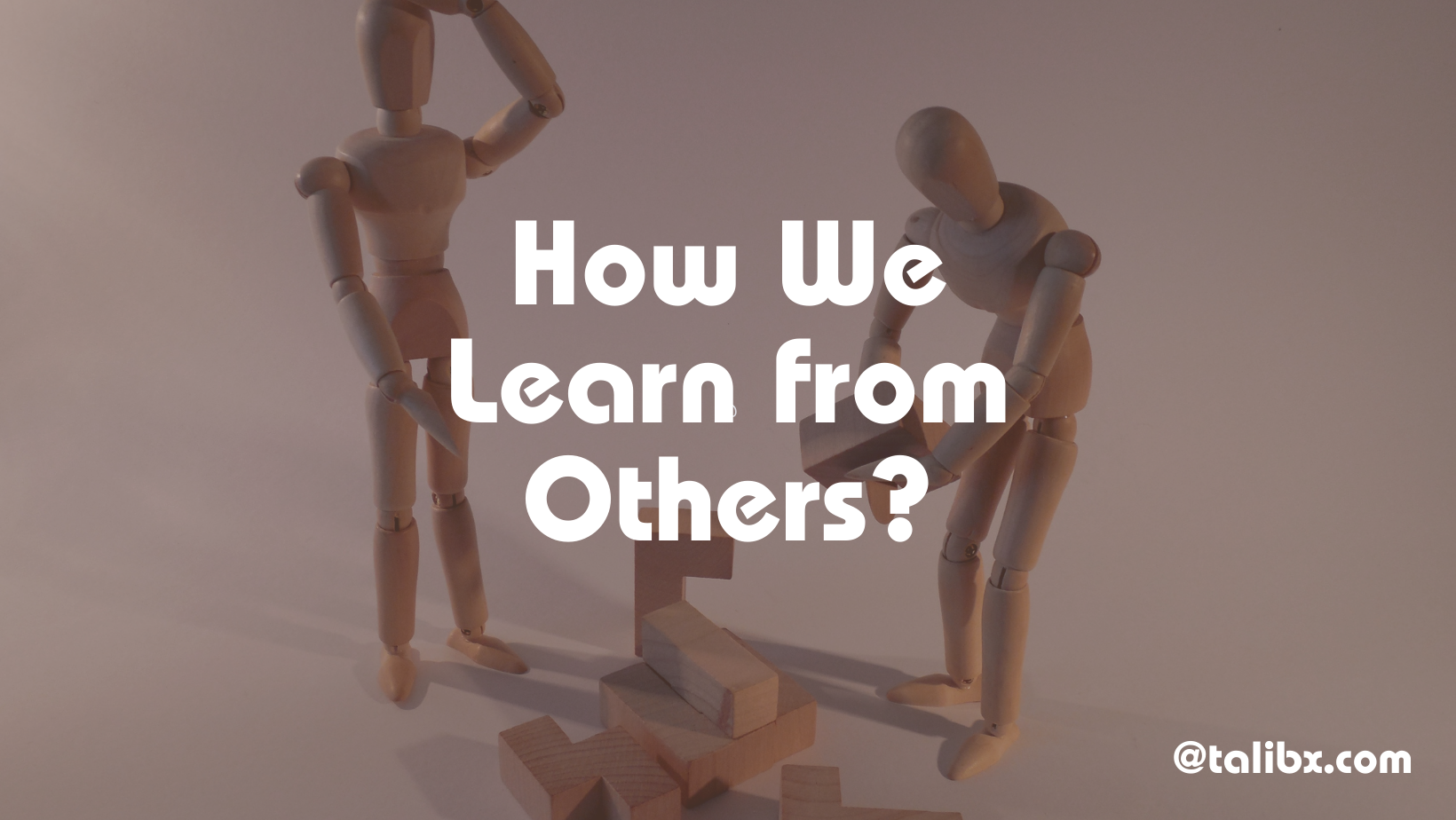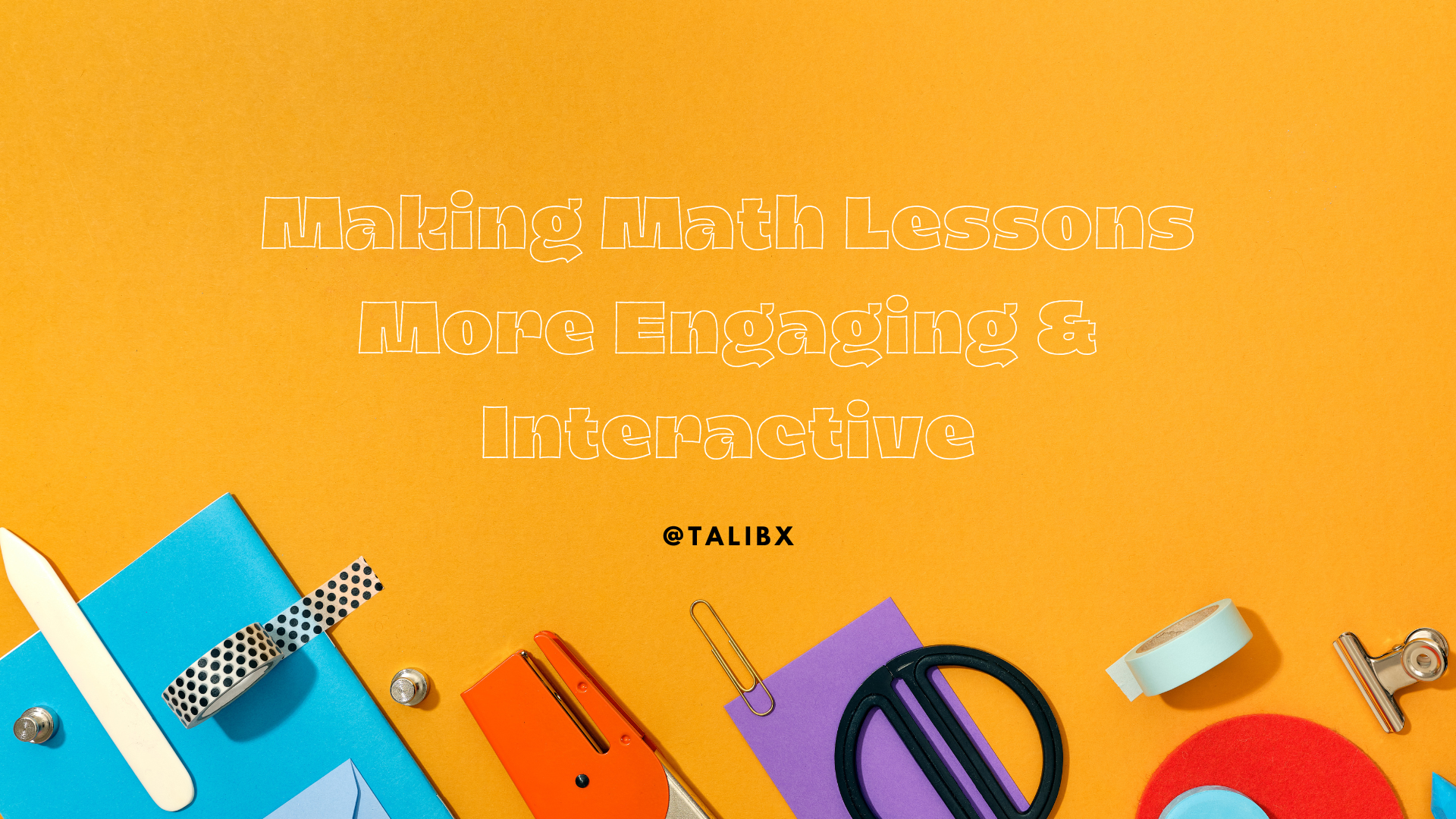In today's era, education is one of the fundamental areas that has undergone radical transformations thanks to technological advancements. Among the leading technologies that have emerged in recent years, Virtual Reality (VR) stands out as a powerful tool capable of transforming classrooms and enhancing learning experiences in unprecedented ways.
Enhancing the Learning Experience
Virtual reality offers students the opportunity to fully immerse themselves in interactive educational environments. Using VR headsets, students can visit the great pyramids of Egypt, explore the solar system, or even take a tour through the human circulatory system. These enriched experiences deepen students' understanding and stimulate their enthusiasm for learning.
Educational Benefits
One of the main benefits of using virtual reality in education is its ability to transform theoretical concepts into practical experiences. Students can see and interact with educational elements in ways that mimic reality, making learning more engaging and effective. Additionally, virtual reality allows for the customization of educational content to suit different students' needs and abilities, supporting inclusive and individualized learning.
Technical Challenges
Despite its significant benefits, the implementation of virtual reality in education faces some technical and logistical challenges. These include the cost of necessary hardware and software, the need for teacher training on how to effectively use these technologies, and the need for regular maintenance and updates.
Real-World Example: John Stewart High School
At John Stewart High School, virtual reality technology was introduced to enhance science and history lessons. The school used a VR program to illustrate complex scientific processes in biology, such as cell division, and to conduct virtual tours in the history of Roman civilization. VR sessions were organized to be interactive and under the supervision of specially trained teachers.
Tips for Teachers
To successfully integrate virtual reality into classrooms, teachers should:
- Focus on educational goals and choose VR technologies that support these goals.
- Ensure appropriate training for themselves and their students to use virtual reality safely and effectively.
- Collaborate with technical experts and seek educational resources that enhance the use of virtual reality.
Thanks to these advanced technologies, we are on the brink of an educational revolution that promises to improve the quality of education and the learning experience for students around the world. Virtual reality is not just a tool for entertainment; it is a gateway to a world of knowledge and deep understanding that can change traditional teaching methodologies and open up new horizons for learning.
Guidance for Schools: Strategies for Implementing Virtual Reality
- Assess Needs and Goals: Before adopting VR, schools should identify the educational goals that this technology can enhance. The purpose of using VR should be clear and aligned with the school's curriculum.
- Financial and Technical Planning: Determine the budget available for investing in necessary hardware and software. This may require seeking external funding or partnerships with technology companies. Choose hardware and software that meet educational requirements and student safety.
- Teacher Training: Conduct training courses for teachers to understand how to use VR technology effectively in the classroom. Develop teachers' understanding of the psychological and educational aspects of using VR.
- Gradual Implementation: Start implementing virtual reality in specific subjects to assess effectiveness and gather feedback from students and teachers. Use the results to adjust the plan and gradually expand the application scope.
- Continuous Evaluation and Improvement: Conduct regular evaluations of the impact of virtual reality on the learning experience and academic achievement. Explore ways to improve the use of VR, focusing on technical, educational, and social aspects.
By following these strategies, schools can integrate virtual reality technology effectively and sustainably, enhancing the learning experience and opening new educational horizons for students in the modern educational landscape




